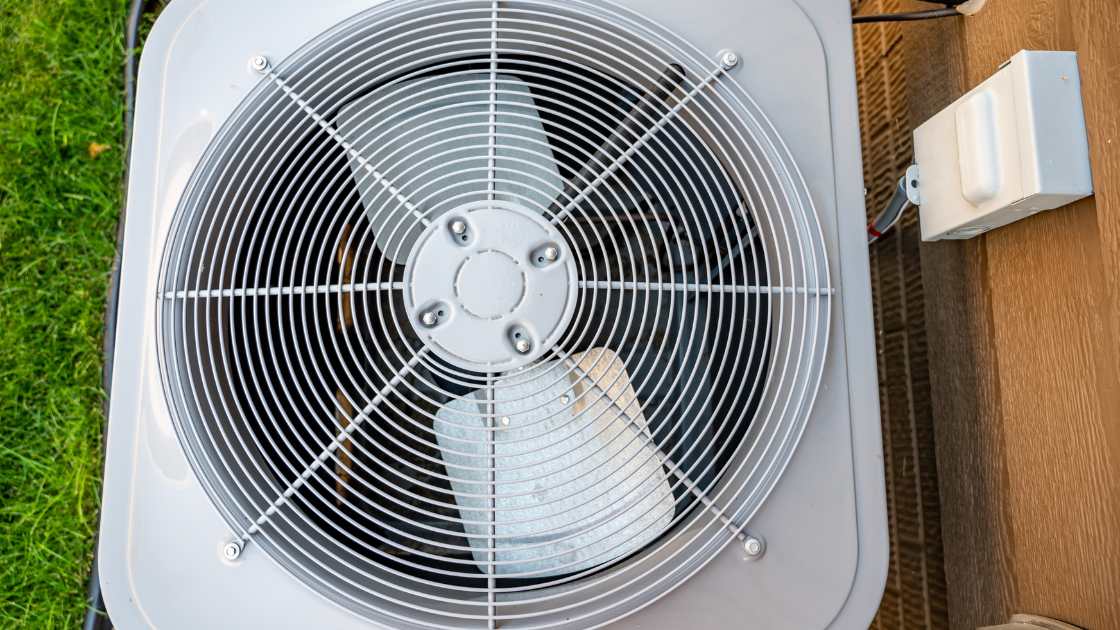
How to Protect Your Outdoor Ceiling Fan from Wind: A Comprehensive Guide
Outdoor ceiling fans are a great way to cool down on a hot summer day. They not only provide a refreshing breeze but also add an aesthetic appeal to your outdoor living space. However, strong winds can damage your ceiling fan and create safety hazards. In this article, we’ll discuss some effective ways to protect your outdoor ceiling fan from wind.
Choose the Right Fan
When purchasing an outdoor ceiling fan, it’s important to choose one that’s designed to withstand harsh weather conditions, including strong winds. Look for a fan with blades made of sturdy materials like ABS plastic or aluminum, which are less likely to bend or break in high winds. Moreover, make sure that the fan is rated for outdoor use and has an IP (Ingress Protection) rating of at least 44 to protect it from water and dust.
Install the Fan Properly
Proper installation is key to ensuring that your outdoor ceiling fan can withstand strong winds. Make sure that the fan is securely mounted to the ceiling using appropriate hardware, such as lag screws or bolts. The fan should also be installed with a down rod, which provides additional stability and reduces wobbling. Additionally, ensure that the wiring is done correctly and that the fan is grounded to prevent electrical hazards.
Use a Windproof Canopy
A windproof canopy is a great way to protect your outdoor ceiling fan from wind damage. It’s a simple accessory that’s installed above the fan and helps to shield it from strong winds. The canopy is made of durable materials like aluminum or steel and is designed to withstand high wind speeds. It also helps to prevent debris from flying into the fan blades and causing damage.
Invest in a Wind Sensor
A wind sensor is a device that detects wind speed and automatically shuts off the fan if the wind speed exceeds a certain threshold. This is an excellent safety feature that can prevent your outdoor ceiling fan from sustaining damage during a windstorm. Some fans come with built-in wind sensors, while others require a separate sensor to be installed.
Regular Maintenance
Regular maintenance is essential to keep your outdoor ceiling fan in good condition. Check the fan blades, motor, and mounting hardware regularly for signs of wear and tear. Clean the fan blades and housing with a mild detergent and water, and lubricate the motor bearings with a suitable lubricant. Additionally, tighten any loose screws or bolts and replace any damaged parts promptly.
FAQs
What is the best way to protect an outdoor ceiling fan from wind damage?
The best way to protect an outdoor ceiling fan from wind damage is to choose a fan that’s designed to withstand harsh weather conditions, install it properly with a down rod and appropriate hardware, and use a windproof canopy to shield it from strong winds. Additionally, investing in a wind sensor and conducting regular maintenance can also help prevent damage and ensure the fan’s longevity.
How do I know if my outdoor ceiling fan is rated for outdoor use?
Most outdoor ceiling fans are rated for outdoor use and will have an “UL Wet” or “UL Damp” rating. The “UL Wet” rating means that the fan can be directly exposed to rain and other outdoor elements, while the “UL Damp” rating means that the fan is suitable for covered outdoor areas like patios or porches. You can also check the fan’s IP (Ingress Protection) rating, which should be at least 44 to protect it from water and dust.
Can I install an outdoor ceiling fan myself, or do I need to hire a professional?
While it’s possible to install an outdoor ceiling fan yourself, it’s recommended that you hire a professional electrician to ensure that the fan is installed correctly and safely. A professional electrician can also help you choose the right fan and accessories for your outdoor space and provide guidance on how to protect it from wind damage. Additionally, hiring a professional can save you time and ensure that your fan is up and running quickly.
Conclusion
In conclusion, protecting your outdoor ceiling fan from wind damage is crucial for safety and longevity. By choosing the right fan, installing it properly, using a windproof canopy, investing in a wind sensor, and conducting regular maintenance, you can ensure that your fan remains in excellent condition and provides you with a refreshing breeze for many summers to come.





